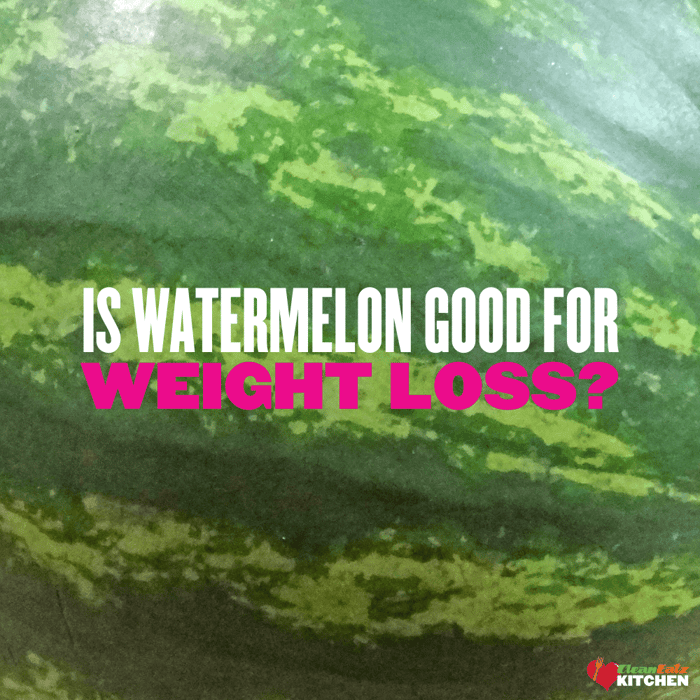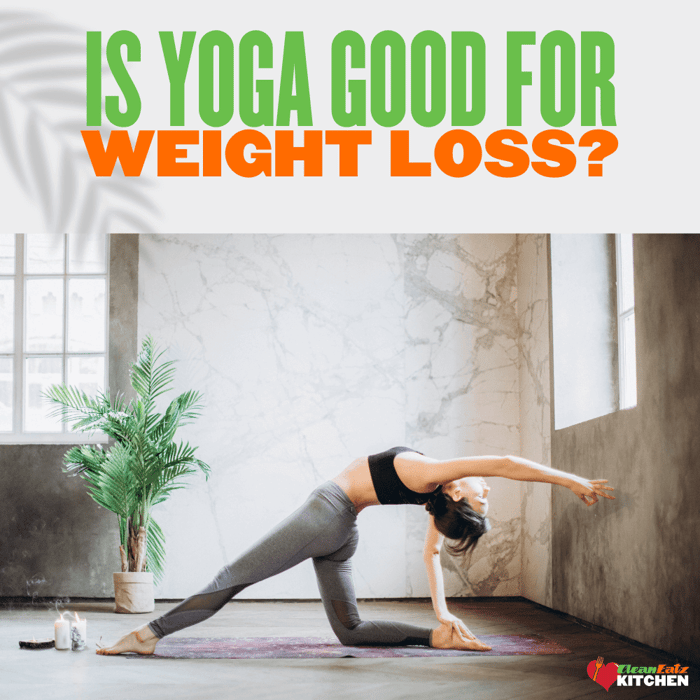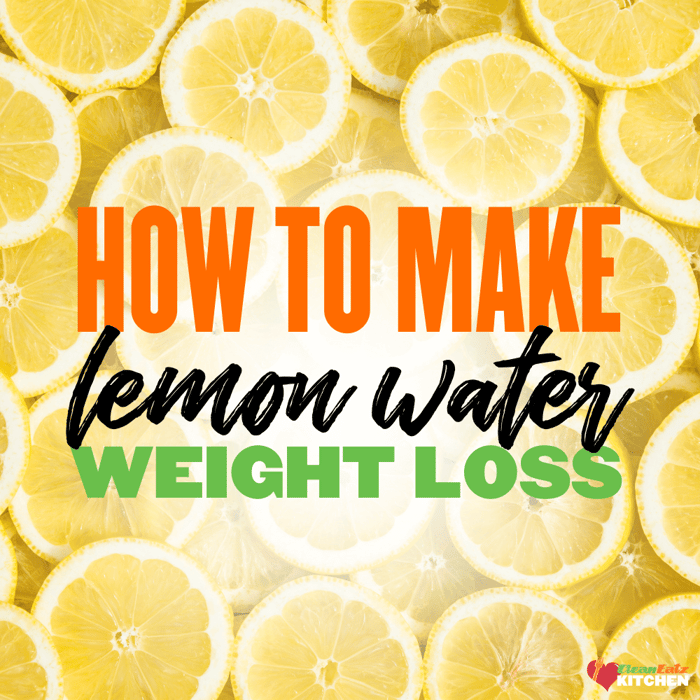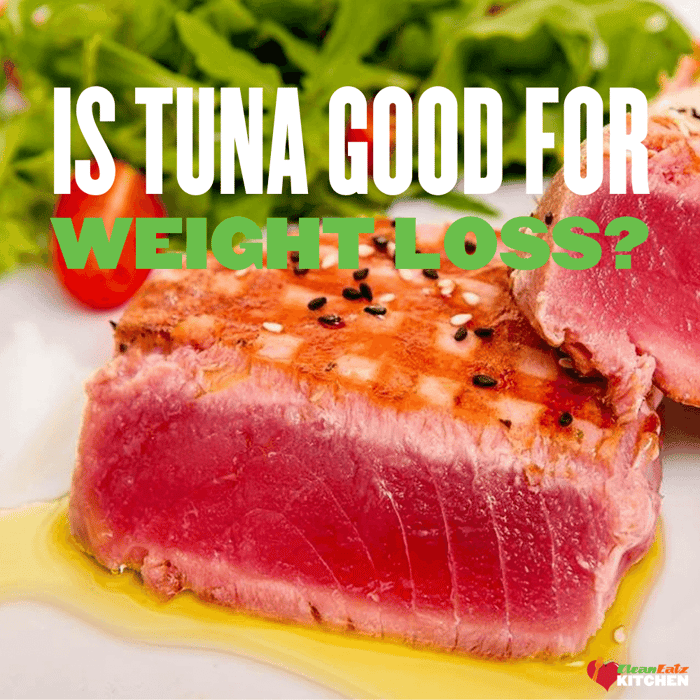Is Watermelon Good for Weight Loss? Calories, GI & Tips

Jason Nista
Nutrition
|
Weight Loss
10/01/2025 9:36am
3 minute read
Quick Answer
Yes—whole watermelon can support weight loss. It’s very low in calories for its volume (~46 kcal per cup) and ~92% water, so it helps you feel full with fewer calories. GI reports vary by variety and source, but glycemic load (GL) for typical portions is low. For best results, eat whole fruit (not juice) and pair with protein (Greek yogurt, cottage cheese, eggs, nuts) to steady hunger. Sources
Key Takeaways
- Low energy density: ~46 kcal per cup (152 g) with fiber and ~92% water → more fullness per calorie.
- GI vs GL: Older tables list a higher GI, newer testing shows lower GI in some varieties; either way, GL is low at realistic portions.
- Whole fruit > juice: Juice is easier to overdrink and is linked with weight gain when consumed in large daily amounts.
- Best use: Enjoy 1 cup as a snack or dessert, paired with protein to improve satiety and glycemic response.
Watermelon Nutrition (per 1 cup diced / ~152 g)
- ~46 calories, ~11.5 g carbs, ~0.6 g fiber, ~9–10 g natural sugars, ~0.9 g protein
- Water: ~91–92% by weight
- Also provides potassium and the antioxidants lycopene and citrulline.
What About Glycemic Index (GI) & Glycemic Load (GL)?
GI estimates for watermelon vary (older sources show high GI; newer testing of some varieties shows lower GI). The more practical measure is glycemic load, which factors in portion size: a typical 120 g serving has a low GL (~4). Translation: reasonable portions of whole watermelon can fit in weight-loss and blood-sugar–friendly plans—especially when paired with protein or fat. See GI/GL sources
How to Use Watermelon for Weight Loss
- Portion guide: Start with ~1 cup (about a heaping handful) as a snack or dessert.
- Protein pairings: Greek yogurt + diced watermelon + chia; cottage cheese + watermelon + mint; string cheese + watermelon cubes.
- Meal ideas: Toss into grain bowls or salads (feta, cucumber, mint) + a lean protein (chicken, salmon, tofu).
Common Pitfalls
- Relying on juice: Easier to overconsume and less filling—stick to whole fruit.
- Skipping protein: Fruit-only snacks may leave you hungry; add protein for staying power.
- Mindless grazing: Pre-portion a cup and put the rest away.
FAQs
Is watermelon “too much sugar” for weight loss?
No—context matters. Whole watermelon has low energy density and a low GL at typical portions. Pair with protein to blunt blood-sugar swings.
Best time to eat it?
Anytime you want something hydrating and sweet. Many people like it after meals as a dessert swap or post-workout alongside a protein (e.g., Greek yogurt) for recovery.
What about people watching blood sugar?
Mind portions and pair with protein/fat. If you monitor glucose, test your own response. Choose whole fruit over juice.
Related Reads
- Are Grapes Good for Weight Loss?
- Are Oranges Good for Weight Loss?
- What Foods Are Good for Weight Loss?
- 10 Healthy Breakfast Ideas for Weight Loss
- Best and Worst Snack Foods
Make It Easy
Want portion-controlled, macro-friendly meals that leave room for fruit? Explore our rotating High-Protein Meal Plans or customize proteins and sides with Build-a-Meal Plan. For protein snacks to pair with fruit, browse Healthy Protein-Rich Snacks.
References
- Nutrition facts (per cup): ~46 kcal; macros & water content. MyFoodData (USDA-based)
- GI/GL: University of Sydney GI update (watermelon GI & GL examples). glycemicindex.com; background on GI vs GL. Linus Pauling Institute
- Hydration: ~92% water. MyFoodData and produce board overview. watermelon.org
- Whole fruit vs. juice & weight: Large daily servings of 100% fruit juice linked with weight gain; whole fruits support appetite control. Harvard T.H. Chan (2024) · Harvard Nutrition Source
Related Articles
Is Yoga Good For Weight Loss?
6 minute read
How To Make Lemon Water for Weight Loss
11 minute read
Is Tuna Good For Weight Loss?
27 minute read



